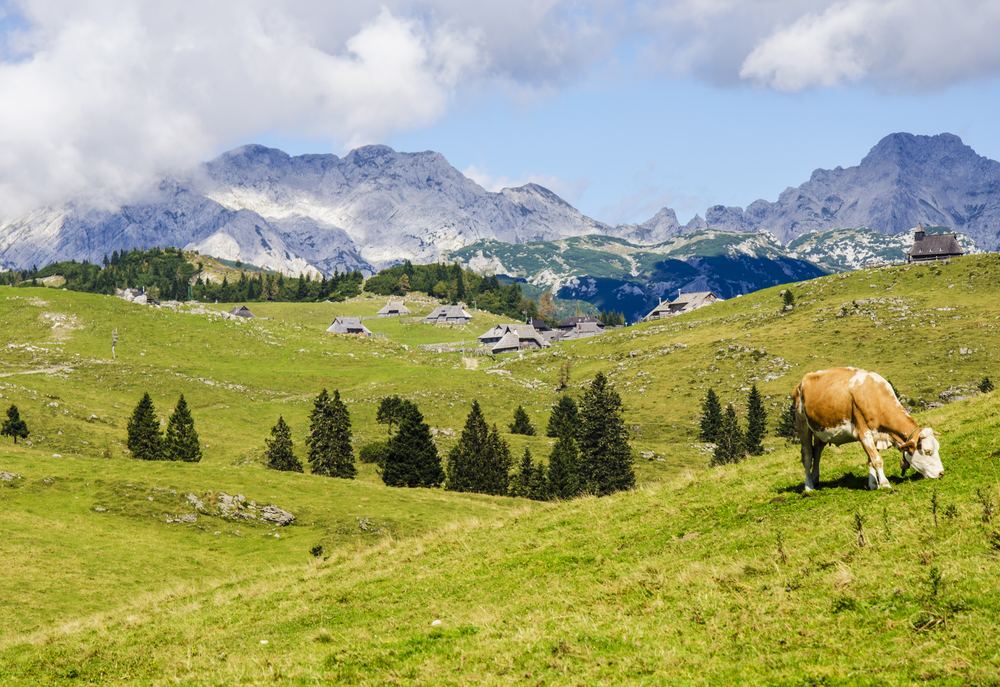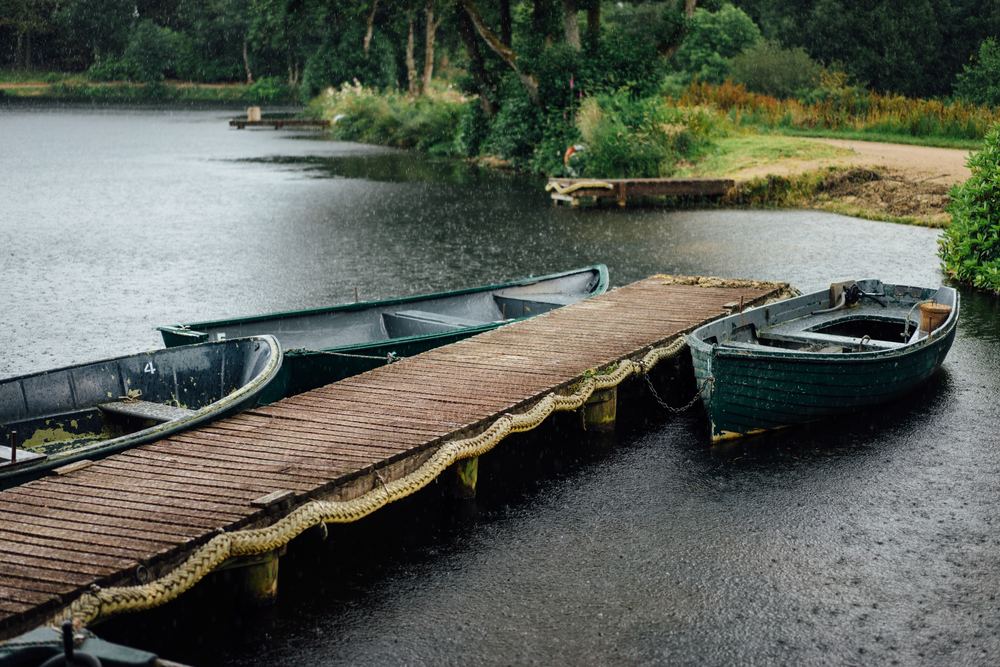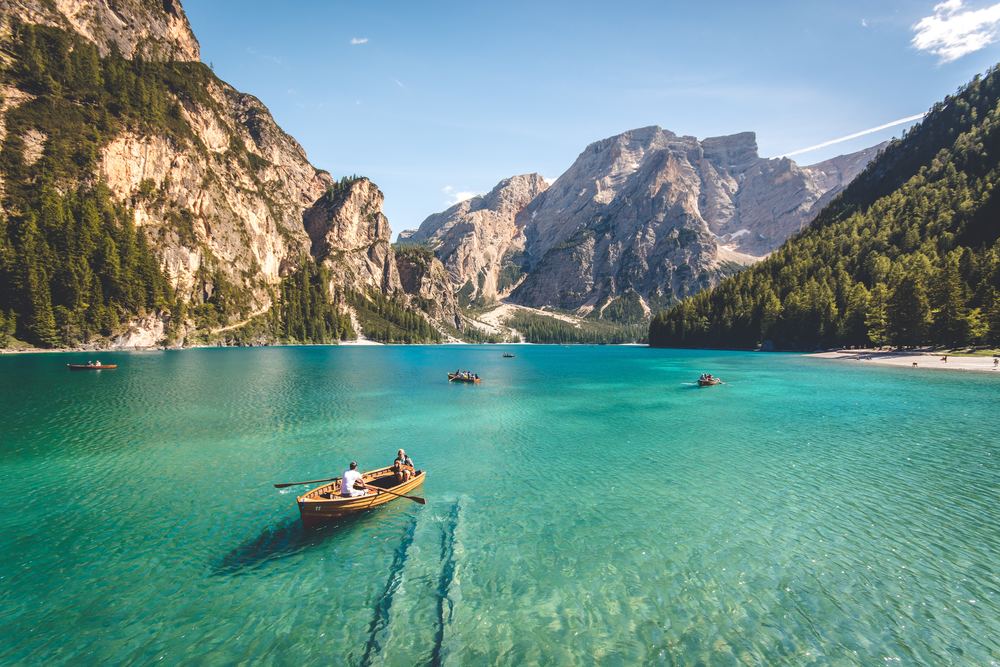While taking a picture of a beautiful mountain may seem cut and dry, landscape photography can be one of the most difficult varieties in the trade.
You can see how truly majestic that ocean surf or towering mountain really is, but it’s just not showing up on your camera. What are you doing wrong?
The key lies in a few insider secrets experienced photographers know – and you’re about to learn.
Contents
Factors for Landscape Photography
It’s all about the details in this craft, despite how immense your subjects may be. When you’re lining up that shot, look at these elements and make sure they’re in order.
Foreground
Think about the foreground of your landscape – the sky. How can you play with the colours that you see?
One way to get the most out of it is to capture the same landscape photograph at different times of the year.
You will be able to see the difference in lighting and colours that the foreground creates for you. Even if the perfect colour isn’t available one month, you can always come back when you know it’ll be excellent.
Lines
If you want to capture a photograph that plays with lines, you’ll have to take into consideration what aspects of the scene are already present vs. the ones you want to include.
For example, if you have a scene with many sharp lines, like a mountain, you could put a bouquet of balloons in front to show the contrast.
Movement
How a subject moves can open many creative doors for you – or ruin your shot. The key is to study the movements and then work them to your advantage.
For example, if you’re photographing a stream and want the water to appear soft, yet the current is too strong, try damming a portion so the water pressure is lessened, giving you the appropriate texture.
Time
Nature waits for no one – especially when it comes to lighting.
Much like how the foreground of a shot matters, the timing of a picture matters as well. A scene that is captured semi-okay on your camera during the evening could be shot perfectly at dawn.
The same applies to movement, as the time of day may affect the tides in a beach photo.
Think of how the hours themselves are impacting the photos you’re taking, and then be willing to get up early or stay out late to accommodate.
Exposure
Exposure is both a factor and a setting on your camera. To think of it simply: it’s how much light your picture is ‘exposed’ to.
A great deal of light will make a scene seem bled-out and white, which is over-exposed. A lack of exposure can make it seem dark and indecipherable.

Once the other factors are lined up, be sure to adjust the exposure setting on your camera to accommodate details you wish to show.
If you’re looking for harsh lines, more exposure will make these prominent. If you’re seeking better movement, fewer shadows – caused by less exposure – will highlight this.
Environment
Not only is the landscape itself important, but the environment it’s involved in matters.
For example, an empty pasture may be your landscape, but the environment contains horses grazing nearby.
In order to capture that ideal shot, you’ll have to ensure certain environmental factors are out of frame, so as to only showcase the environment you want.
That means shooing away the horses is on your to-do list.
Here’s a video showing landscape photography in the Canadian countryside.
Weather
When rainclouds come knocking, you may think it’s the end of your shoot. There goes all your hard work!
On the contrary, it’s important to take advantage of nature’s little surprises. Rather than going home when the dark shadows set on your landscape, reevaluate how this alters your previous factors.
Does this shadow a mountain’s curves, allowing you to bump up your exposure and finally capture those lines?

Does rain from up-stream alter the speed and movement of your stream, giving you better textures?
These conditions can not only save a shoot, but may become the ideal conditions you seek out in the future.
Tripods
Even the most experienced photographer may have shaky hands now and then – especially if you’ve hiked to your location.
That’s where a tripod saves the day. They provide stability against natural movement, and also in cases of harsh weather and winds.
In addition, a tripod gives you more control over angles that may be difficult to catch personally.
What if the perfect shot requires you to practically sit on your head? No need to take up gymnastics; the tripod can be adjusted to accommodate without issue.
But how this contributes as a factor is in how it alters photos – making them steadier and more abstract.
It’s important to ask if the shot you’re seeking is best captured with those assets, or if a free-hand shot will give it the vibes you’re seeking.
Do you have any extra tips for landscape photography?






